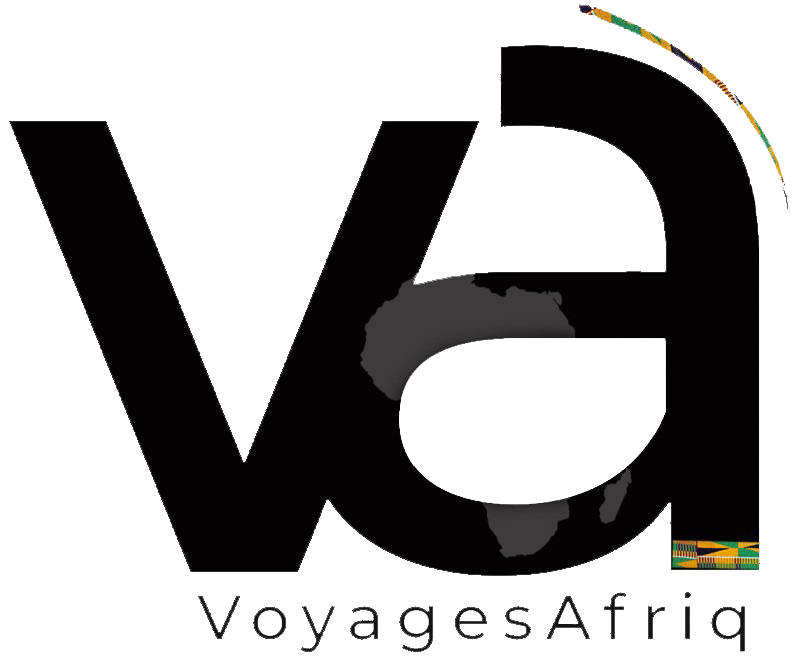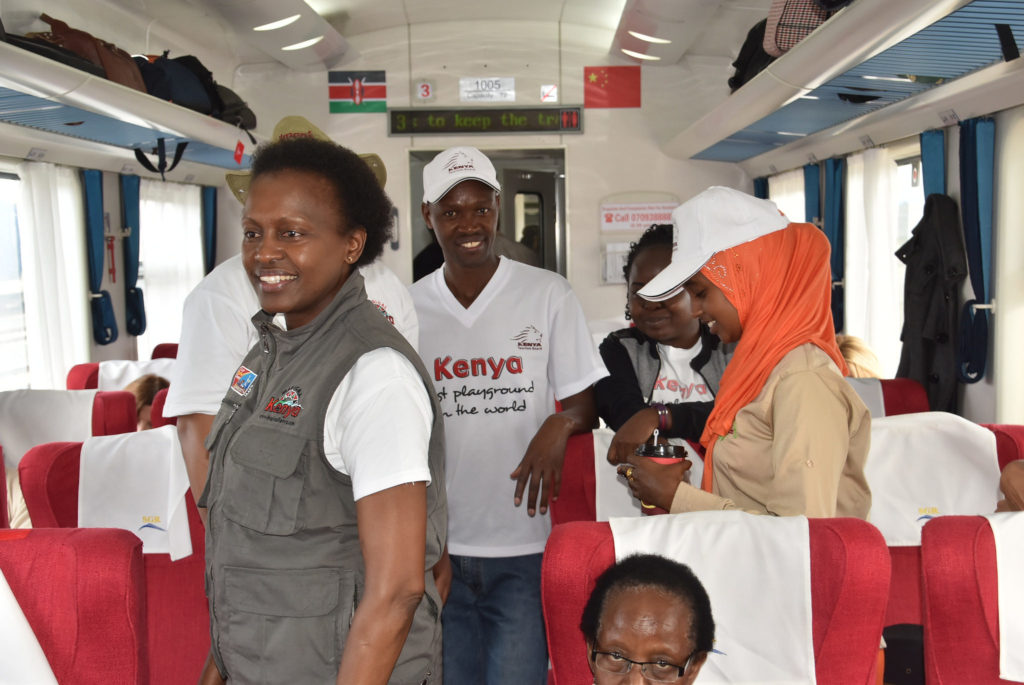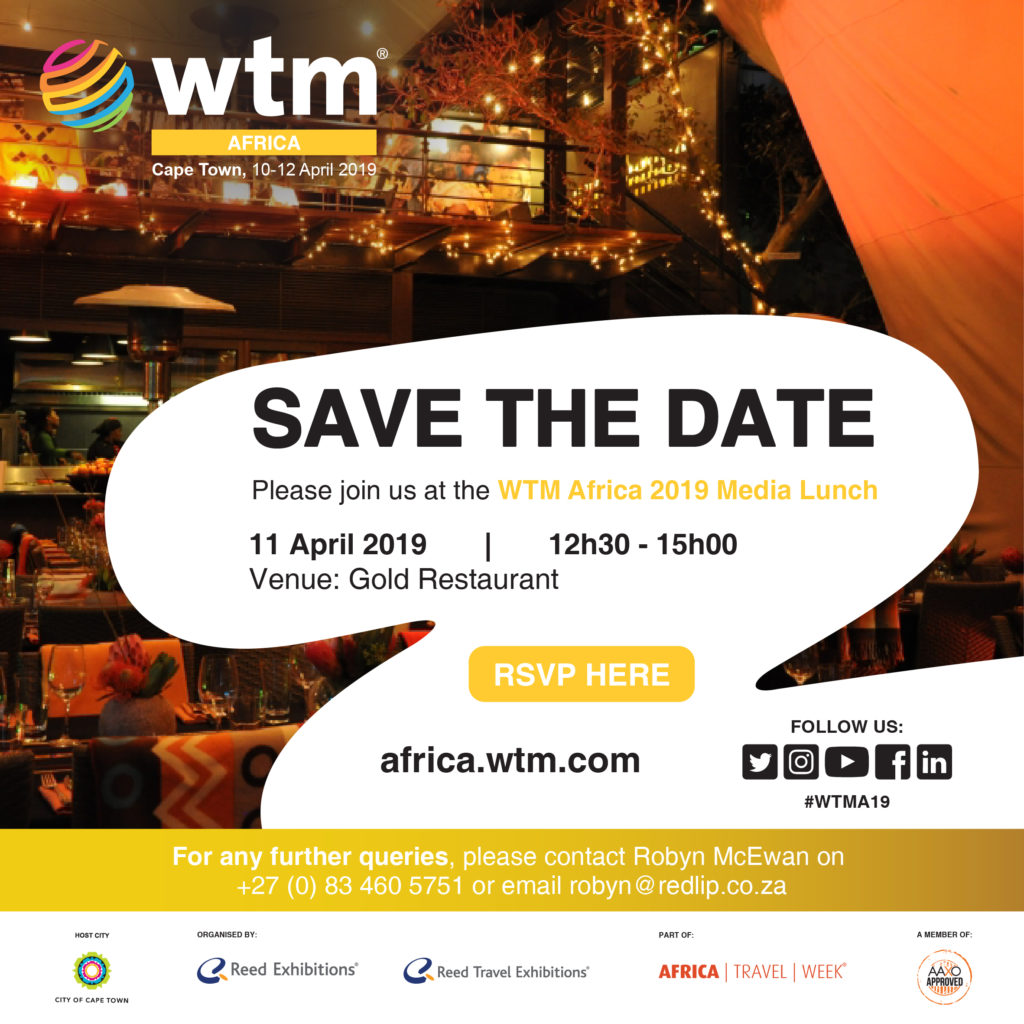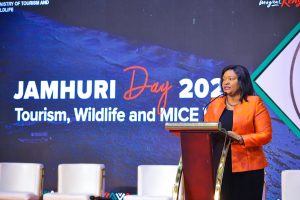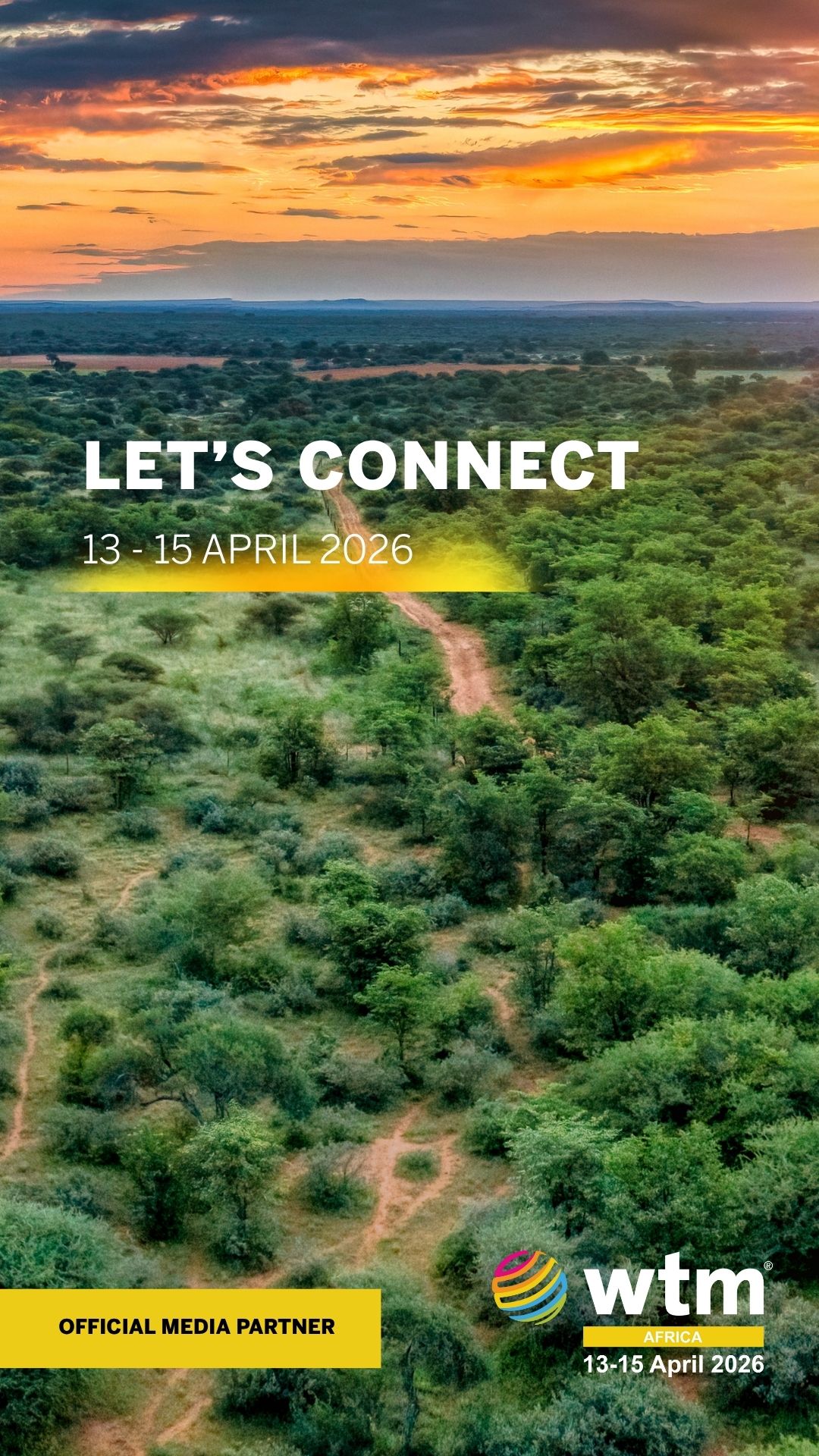Kenya’s bureau of statistics earlier this week released passenger figures for the SGR train, commonly referred to as the Madaraka Express, in recognition of the launch date in 2017 when President Uhuru Kenyatta flagged off the first passenger train on the new standard gauge line on Madaraka Day. Madaraka Day is celebrated to remember the day when Kenya attained pre independence powers over her internal government before half a year later full independence was attained.
Passenger fares in economy class kicked off at the time at 700 Kenya Shillings one way – first class tickets sell at 3.000 Kenya Shillings one way – but were later raised to 1.000 Kenya Shillings.
During the period of June to December 2017 did the railway uplift almost 700.000 passengers, a number which then doubled in 2018 after a second daily train pair was introduced.
One train is an express service while the other stops at key locations to tap into the tourism traffic as visitors move to both Tsavo West and Tsavo East but also to Amboseli and the Taita Hills.
The railway, according to figures release earlier, turned revenues of 10 billion Kenya Shillings from passenger operations but questions are being asked if this, combined with slower than expected revenues for cargo operations, will be enough to not only service the hefty loans but also pay the Chinese company in which the train operation is vested for years to come.
That said, there is now no doubt that the investment in the new railway as long overdue and as the second part of the new line, from Nairobi to Naivasha, is now 90 percent ready, additional income opportunities will become available just like travelers by their thousands now use the train between Mombasa and Nairobi.
It is understood that Kenya is in the final stage of negotiating financing for the third and final stage of the railway, from Naivasha to both Kisumu and the border with Uganda, to the tune of over 350 billion Kenya Shillings. A similar deal is still pending for the Ugandan side of the new line to link the border down of Malaba with Kampala and open branch lines to Northern Uganda, South Sudan and also to Rwanda.
Credit: Prof Wolfgang Thome-ATC News
